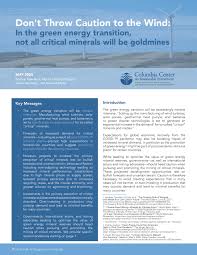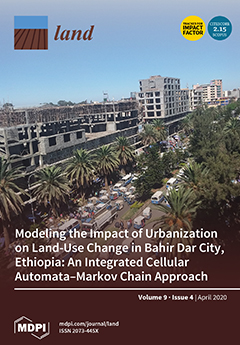Urban proximity, demand for land and land shadow prices in Malawi
We assess the spatial and intertemporal variation in farmland prices using per hectare minimum willingness to accept (WTA) sales and rental (shadow) prices in Malawi. We use three rounds of nationally representative farm household panel data from the Living Standards Measurement Surveys (LSMS), collected in 2010, 2013 and 2016. The sample is split in quintiles based on distance from the nearest major city, building on the land valuation and transaction cost theory, and agrarian political economy perspectives on global and national land transactions.




